Steve Dillard Trumpet Interview

Welcome to the show notes for Episode #87 of The Other Side of the Bell – A Trumpet Podcast. This episode features trumpeter and founder of the HornTrader website, Steve Dillard.
Listen to or download the episode below:
Podcast: Play in new window | Download
About Steve Dillard
 HornTrader.com 1st hit the World Wide Web in 1998. Owned and operated by Steve Dillard, the HornTrader Web site was the first of its kind and still the best site to find quality horns, related gear, and information for the discerning trumpeter.
HornTrader.com 1st hit the World Wide Web in 1998. Owned and operated by Steve Dillard, the HornTrader Web site was the first of its kind and still the best site to find quality horns, related gear, and information for the discerning trumpeter.Steve brings extensive professional experience to HornTrader.com. Not only has he spent many years in the trumpet manufacturing industry working with Benge and Calicchio, he is also a very active freelance trumpet player and teacher.
As an apprentice to Dominic Calicchio, Steve learned the fine art of brass craftsmanship with hands on experience. At Benge under Zig Kanstul, Steve had many jobs including slide maker, quality controller and shipper.
Throughout the years, he’s stayed well informed in the industry both through his association with top leaders of brass technology such as Zig Kanstal, Bob Reeves, Schilke, Conn Selmer, CarolBrass and his relationships with highly regarded leaders in trumpet performance like Wayne Bergeron (LA Studios), Boyde Hood (LA Phil) as well as the many fine trumpet players Steve has met around the globe. Steve has always had a penchant for retail and at one time was the largest distributor of Reunion Blues gig bags in Southern California.
Since owning and operating HornTrader.com he has come to be one of the primary sellers of Professional pre-owned and vintage horns on the internet. He is well known in many countries throughout the world and his site is visited by thousands each month.
Steve’s first love has always been playing trumpet. He maintains a busy playing / teaching schedule and has had a professional performance career spanning over 40 years. One of the first to teach on line using SKYPE, and YouTube, Steve has been able spread his knowledge and love of the trumpet the world over. His teaching mantra “I believe I can help YOU,” recorded in January 2012, can be seen on YouTube.
 Besides everything trumpet Steve”s passions are marathon open water (OCEAN) swimming, and the daunting task of traing his dog Dingoe. He currently resides in San Diego, California, USA, with his wife and two children where he manages HornTrader.com. In 2019 Steve Opened his very 1st “Brick & Mortar” Shop. HT HQ is in the heart of San Diego, is close to all major attractions and forms of public transportation.
Besides everything trumpet Steve”s passions are marathon open water (OCEAN) swimming, and the daunting task of traing his dog Dingoe. He currently resides in San Diego, California, USA, with his wife and two children where he manages HornTrader.com. In 2019 Steve Opened his very 1st “Brick & Mortar” Shop. HT HQ is in the heart of San Diego, is close to all major attractions and forms of public transportation.
Steve Dillard Links
Podcast Credits
- “A Room with a View“ – composed and performed by Howie Shear
- Audio Engineer – Preston Shepard at SC Sound Labs
- Cover Art – Phil Jordan
- Podcast Host – John Snell
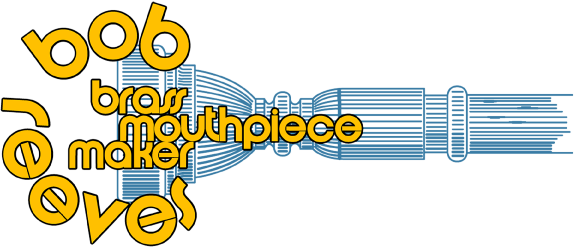




 Born in Lancashire, England and raised in Perth, Western Australia, Adrian Kelly began playing trumpet at the age of six. He has gone on to build an international career as a multi-faceted musician; performing, recording, and writing pop, classical, and jazz music. Adrian is currently engaged in PhD research at Edith Cowan University (Perth, Western Australia). He has served on the board of the Australian Trumpet Guild since 2019, and on the board of JazzWA since 2018.
Born in Lancashire, England and raised in Perth, Western Australia, Adrian Kelly began playing trumpet at the age of six. He has gone on to build an international career as a multi-faceted musician; performing, recording, and writing pop, classical, and jazz music. Adrian is currently engaged in PhD research at Edith Cowan University (Perth, Western Australia). He has served on the board of the Australian Trumpet Guild since 2019, and on the board of JazzWA since 2018. 2020 sees the release of two releases: Visions a suite of pieces for improvising quartet written to accompany the visual art of Robert John Kelly (Adrian’s father), and Cry, “Wolf!” an album of music featuring an artificial intelligence ‘improviser’ along with an electric jazz quartet. All of Adrian’s music is available through iTunes and other digital platforms, and through links provided on his website.
2020 sees the release of two releases: Visions a suite of pieces for improvising quartet written to accompany the visual art of Robert John Kelly (Adrian’s father), and Cry, “Wolf!” an album of music featuring an artificial intelligence ‘improviser’ along with an electric jazz quartet. All of Adrian’s music is available through iTunes and other digital platforms, and through links provided on his website. Adrian has delivered classes in jazz music and trumpet at Edith Cowan University, The University of Western Australia (Australia), and the Hong Kong Institute of Education (China). He has presented masterclasses to students at Lasalle College (Singapore), the Hong Kong Institute of Education, ShangHai Conservatory of Music, XingHai University, and Harbin Teacher Training College (China), and at independent venues in
Adrian has delivered classes in jazz music and trumpet at Edith Cowan University, The University of Western Australia (Australia), and the Hong Kong Institute of Education (China). He has presented masterclasses to students at Lasalle College (Singapore), the Hong Kong Institute of Education, ShangHai Conservatory of Music, XingHai University, and Harbin Teacher Training College (China), and at independent venues in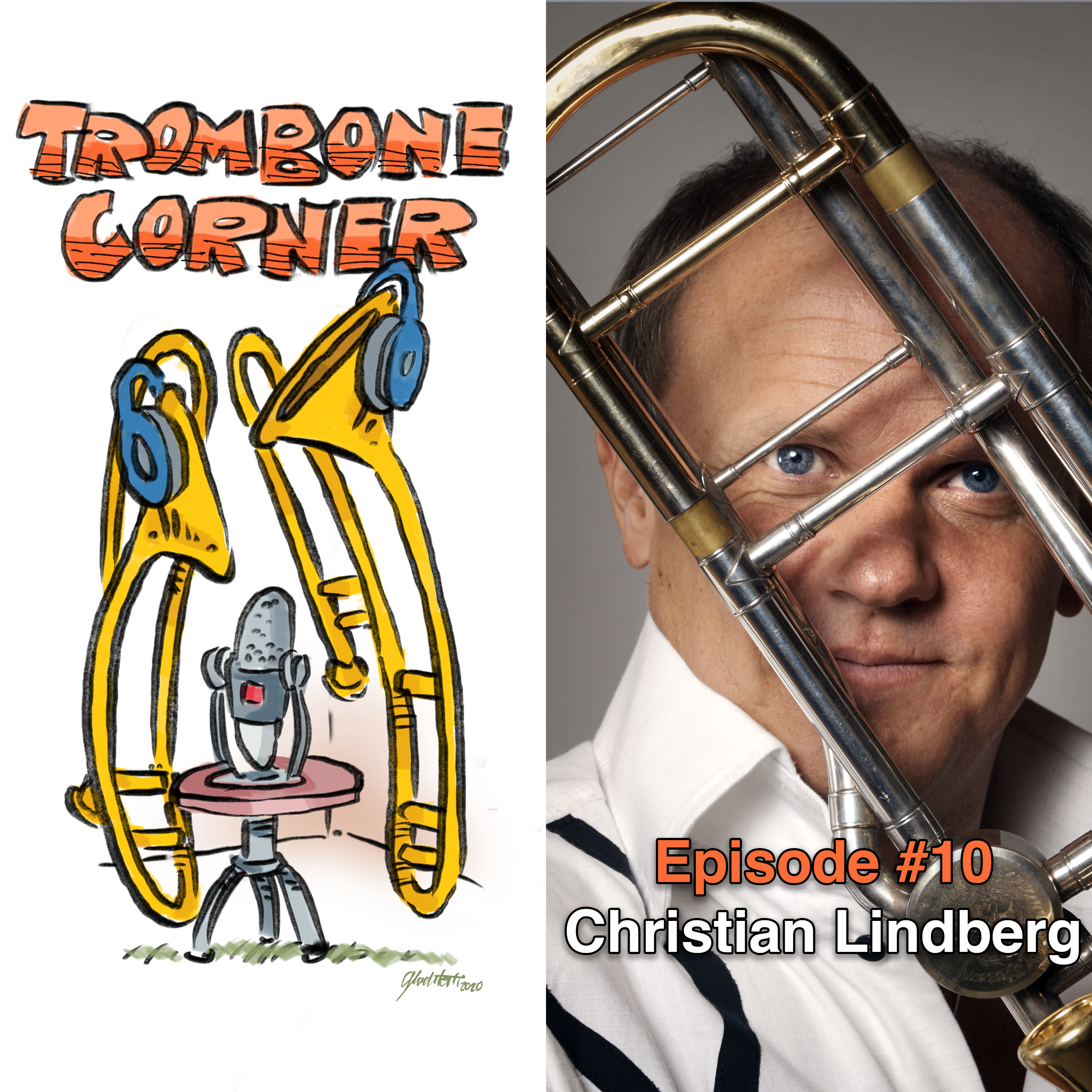
 In September 2015 Christian Lindberg was voted “THE GREATEST BRASS PLAYER IN HISTORY, by the worlds biggest classical radio station CLASSICFM, and on the 1st of April Christian Lindberg was given “International Classical Music Award 2016” at the Gala Ceremony in in San Sebastian, Spain. Previous winners were Esa-Pekka Salonen (2011), Krzysztof Penerecki (2012). Charles Dutoit (2013), Aldo Ciccolini (2014) and Dmitri Kitajenko (2015).On top of this Christian has just signed a 5 year Music Director contract with Israel Netanya Kibbutz Orchestra, rated by Israeli Council of Art and Culture, side by side with Israel Philharmonic as the best orchestra in the country. Christian Lindberg’s achievements for the trombone can only be compared with those of Paganini for the violin or Liszt for the piano.
In September 2015 Christian Lindberg was voted “THE GREATEST BRASS PLAYER IN HISTORY, by the worlds biggest classical radio station CLASSICFM, and on the 1st of April Christian Lindberg was given “International Classical Music Award 2016” at the Gala Ceremony in in San Sebastian, Spain. Previous winners were Esa-Pekka Salonen (2011), Krzysztof Penerecki (2012). Charles Dutoit (2013), Aldo Ciccolini (2014) and Dmitri Kitajenko (2015).On top of this Christian has just signed a 5 year Music Director contract with Israel Netanya Kibbutz Orchestra, rated by Israeli Council of Art and Culture, side by side with Israel Philharmonic as the best orchestra in the country. Christian Lindberg’s achievements for the trombone can only be compared with those of Paganini for the violin or Liszt for the piano. On top of his unrivaled career as a trombonist Lindberg has now also embarked on a highly successful conducting career, and the near future includes major conducting engagements in Musikverein, Suntory Hall, at Beethovenfest, in Salzburg Festspielhaus, Tonhalle Düsseldorf, Meistersingerhalle, Nürnberg and National Centre for the Performing Arts (The Giant Egg) in Beijing with orchestras such as Nippon Yomiuri Symphony Orchestra, Beijing Symphony Orchestra, Royal Liverpool Philharmonic, Royal Flemish Philharmonic, Royal Stockholm Philharmonic, New Zealand Symphony, Düsseldorfer Symphoniker, Irish National Philharmonic and Ulster Orchestra to name a few.
On top of his unrivaled career as a trombonist Lindberg has now also embarked on a highly successful conducting career, and the near future includes major conducting engagements in Musikverein, Suntory Hall, at Beethovenfest, in Salzburg Festspielhaus, Tonhalle Düsseldorf, Meistersingerhalle, Nürnberg and National Centre for the Performing Arts (The Giant Egg) in Beijing with orchestras such as Nippon Yomiuri Symphony Orchestra, Beijing Symphony Orchestra, Royal Liverpool Philharmonic, Royal Flemish Philharmonic, Royal Stockholm Philharmonic, New Zealand Symphony, Düsseldorfer Symphoniker, Irish National Philharmonic and Ulster Orchestra to name a few. Lindberg also conducts orchestras such as the Nippon Yomiuri Symphony Orchestra, Beijing Symphony Orchestra, ,Rotterdam Philharmonic Orchestra, Verdi Orchestra Milano, Swedish Radio Symphony Orchestra, Gürzenich-Orchester Köln, Liverpool Philharmonic Orchestra, Royal Stockholm Philharmonic Orchestra, Malmö Symphony Orchestra, Deutsche Staatsphilharmonie, Extremadura Orchestra, Umeå Symphony Orchestra, Tiroler Symphonieorchester, Het Noord Nederland Orkest, Het Gelders Orkest, Stuttgart Radio Orchestra, Poznan Symphony Orchestra, Danish Radio Symphony Orchestra, Jenaer Philharmonie, Jyväskyllä Symphony Orchestra, Oulu Symphony Orchestra, Euscadi Orchestra, Maggio Fiorentino, Haydn Orchestra Bolzano, Northern Sinfonia, Helsinki Philharmonics, Lahti Symphony Orchestra, Cape Philharmonic, Aarhus Symphony Orchestra, Shanghai Opera Orchestra, Iceland Symphony Orchestra, National Orchestra of Brazil, Württembergische Philharmonie, and Tenerife Symphony Orchestra to name a few.
Lindberg also conducts orchestras such as the Nippon Yomiuri Symphony Orchestra, Beijing Symphony Orchestra, ,Rotterdam Philharmonic Orchestra, Verdi Orchestra Milano, Swedish Radio Symphony Orchestra, Gürzenich-Orchester Köln, Liverpool Philharmonic Orchestra, Royal Stockholm Philharmonic Orchestra, Malmö Symphony Orchestra, Deutsche Staatsphilharmonie, Extremadura Orchestra, Umeå Symphony Orchestra, Tiroler Symphonieorchester, Het Noord Nederland Orkest, Het Gelders Orkest, Stuttgart Radio Orchestra, Poznan Symphony Orchestra, Danish Radio Symphony Orchestra, Jenaer Philharmonie, Jyväskyllä Symphony Orchestra, Oulu Symphony Orchestra, Euscadi Orchestra, Maggio Fiorentino, Haydn Orchestra Bolzano, Northern Sinfonia, Helsinki Philharmonics, Lahti Symphony Orchestra, Cape Philharmonic, Aarhus Symphony Orchestra, Shanghai Opera Orchestra, Iceland Symphony Orchestra, National Orchestra of Brazil, Württembergische Philharmonie, and Tenerife Symphony Orchestra to name a few.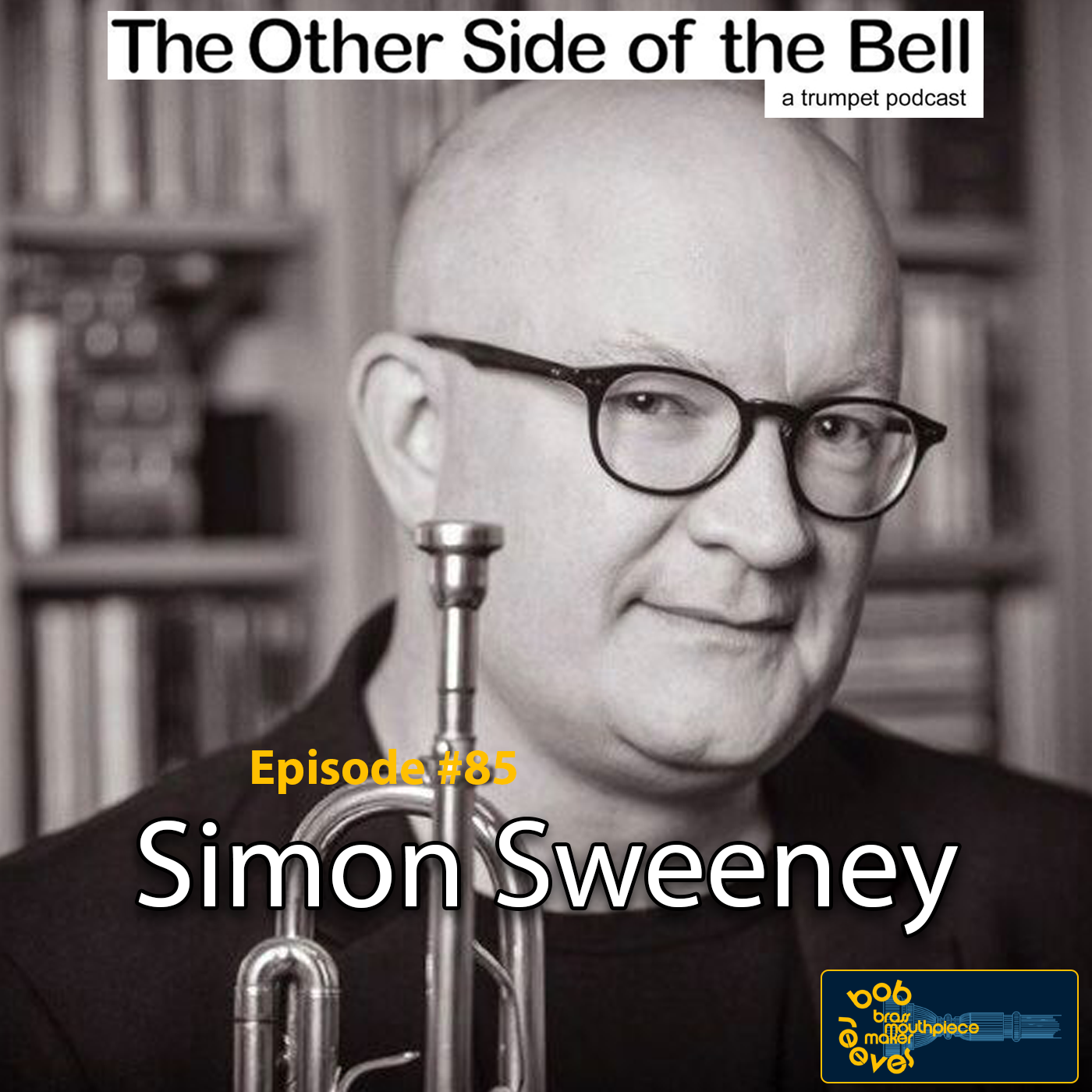
 Simon Sweeney is a professional trumpet player and educator based in Sydney. He holds a Bachelors and a Masters degree from the Sydney Conservatorium of Music. He is a studio musician and has been prolific in the live music scene since 1993. As a member of the Jazz Faculty at the Sydney Conservatorium of Music since 2010 he has taught many of the young players currently working in the Sydney scene.
Simon Sweeney is a professional trumpet player and educator based in Sydney. He holds a Bachelors and a Masters degree from the Sydney Conservatorium of Music. He is a studio musician and has been prolific in the live music scene since 1993. As a member of the Jazz Faculty at the Sydney Conservatorium of Music since 2010 he has taught many of the young players currently working in the Sydney scene.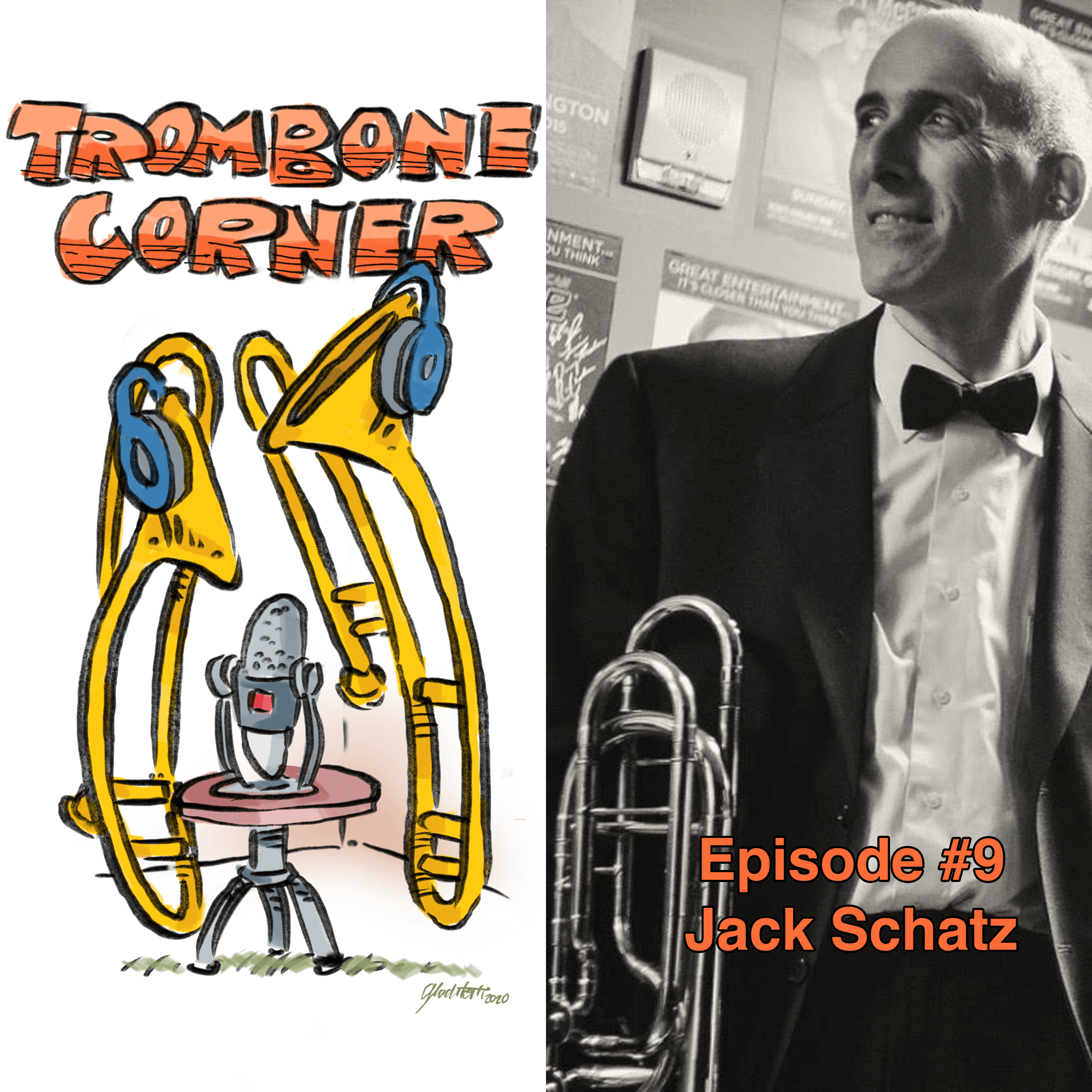

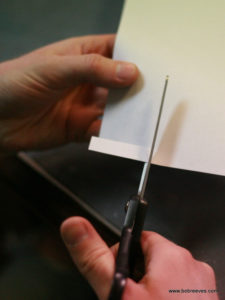
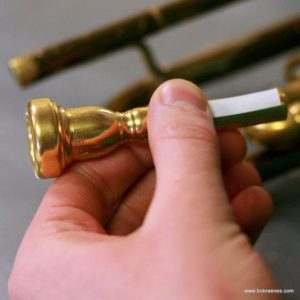
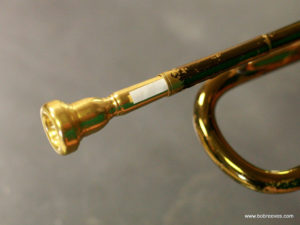

 Daniel Falcone began working professionally in Las Vegas at age 15. The son of Vincent Falcone, musical director, pianist and conductor for Frank Sinatra, he literally grew up on stage. Starting in high school, Daniel backed the likes of Tony Bennett, Rita Moreno, Jerry Lewis, George Burns, Andy Williams, Jack Jones, Paul Anka and many other headliners on the Las Vegas Strip.
Daniel Falcone began working professionally in Las Vegas at age 15. The son of Vincent Falcone, musical director, pianist and conductor for Frank Sinatra, he literally grew up on stage. Starting in high school, Daniel backed the likes of Tony Bennett, Rita Moreno, Jerry Lewis, George Burns, Andy Williams, Jack Jones, Paul Anka and many other headliners on the Las Vegas Strip.


 Leonhard Paul is the trombonist and bass trumpeter in the world-famous Mnozil Brass and the Wieder-Gansch-Paul Trio. Originally from Vienna, Austria, Leonhard received diplomas in pedagogy studies and trombone studies from the University of Music and Performing Arts Vienna. He went on to receive a degree in jazz trombone from the Conservatory of Music Vienna where he studied under Erich Kleinschuster.
Leonhard Paul is the trombonist and bass trumpeter in the world-famous Mnozil Brass and the Wieder-Gansch-Paul Trio. Originally from Vienna, Austria, Leonhard received diplomas in pedagogy studies and trombone studies from the University of Music and Performing Arts Vienna. He went on to receive a degree in jazz trombone from the Conservatory of Music Vienna where he studied under Erich Kleinschuster. Besides his busy schedule with the Mnozil Brass, Leonhard has also performed on sackbut with the Wiener Akademie, Concentus Musicus Wien, and Tonus and on trombone with Salonorchester Alhambra and Die Eiserne Zeit among others.
Besides his busy schedule with the Mnozil Brass, Leonhard has also performed on sackbut with the Wiener Akademie, Concentus Musicus Wien, and Tonus and on trombone with Salonorchester Alhambra and Die Eiserne Zeit among others.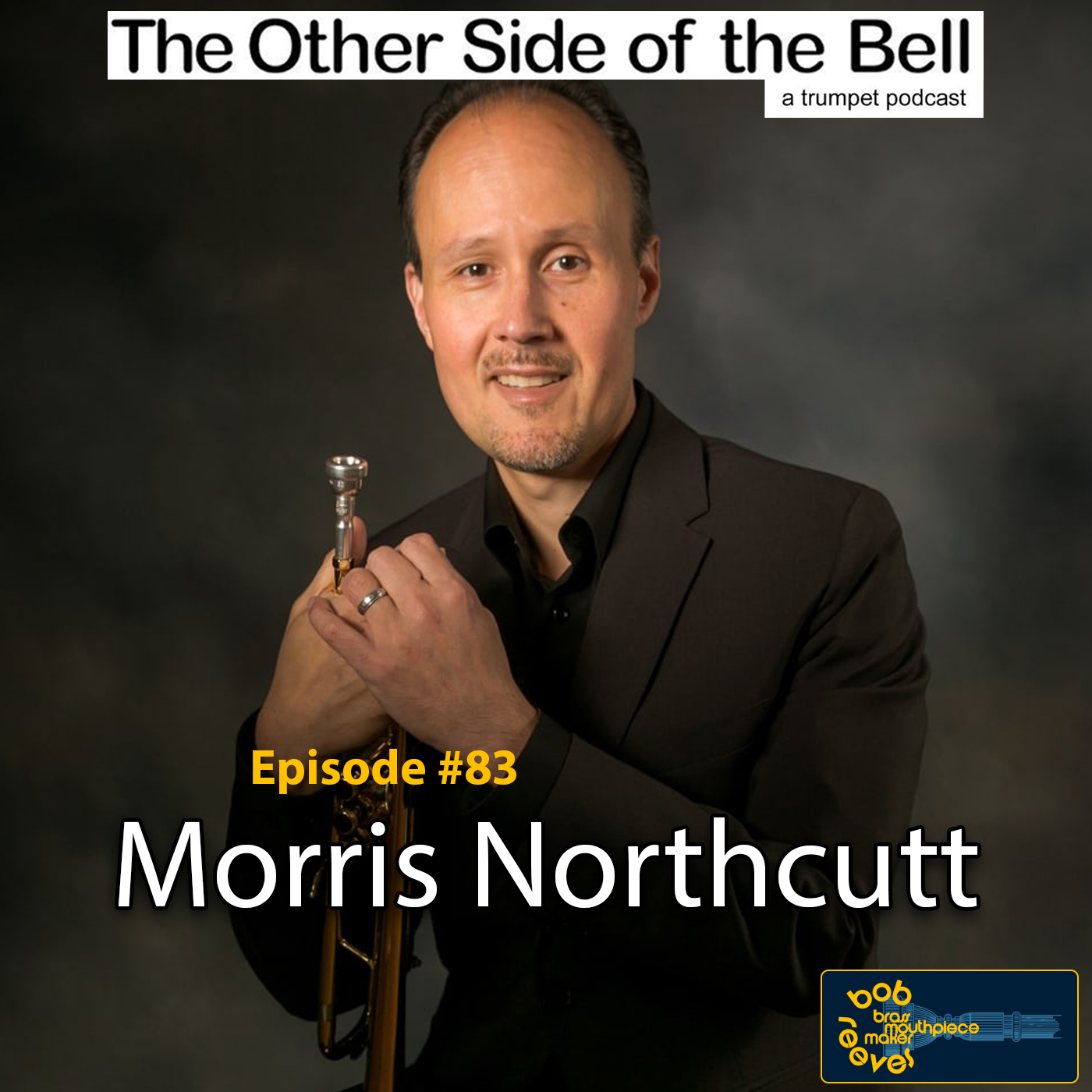
 Morris Northcutt’s playing has been described as artistic, lyrical and expressive with a beautiful, smooth, and rich tone.
Morris Northcutt’s playing has been described as artistic, lyrical and expressive with a beautiful, smooth, and rich tone.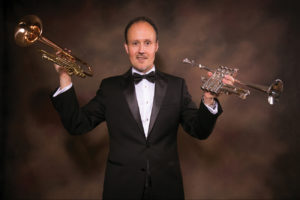 n 2019, Morris completed a solo recital/masterclass tour of Ireland that included an appearance at the Royal Irish Academy of Music. This past January, he appeared at the 2020 Sao Paulo Trumpet Academy in Brazil. Later this year, Morris will debut his first EP, produced and engineered by Latin Grammy Award winner Danilo Alvarez with arrangements by Justo Morao.
n 2019, Morris completed a solo recital/masterclass tour of Ireland that included an appearance at the Royal Irish Academy of Music. This past January, he appeared at the 2020 Sao Paulo Trumpet Academy in Brazil. Later this year, Morris will debut his first EP, produced and engineered by Latin Grammy Award winner Danilo Alvarez with arrangements by Justo Morao.